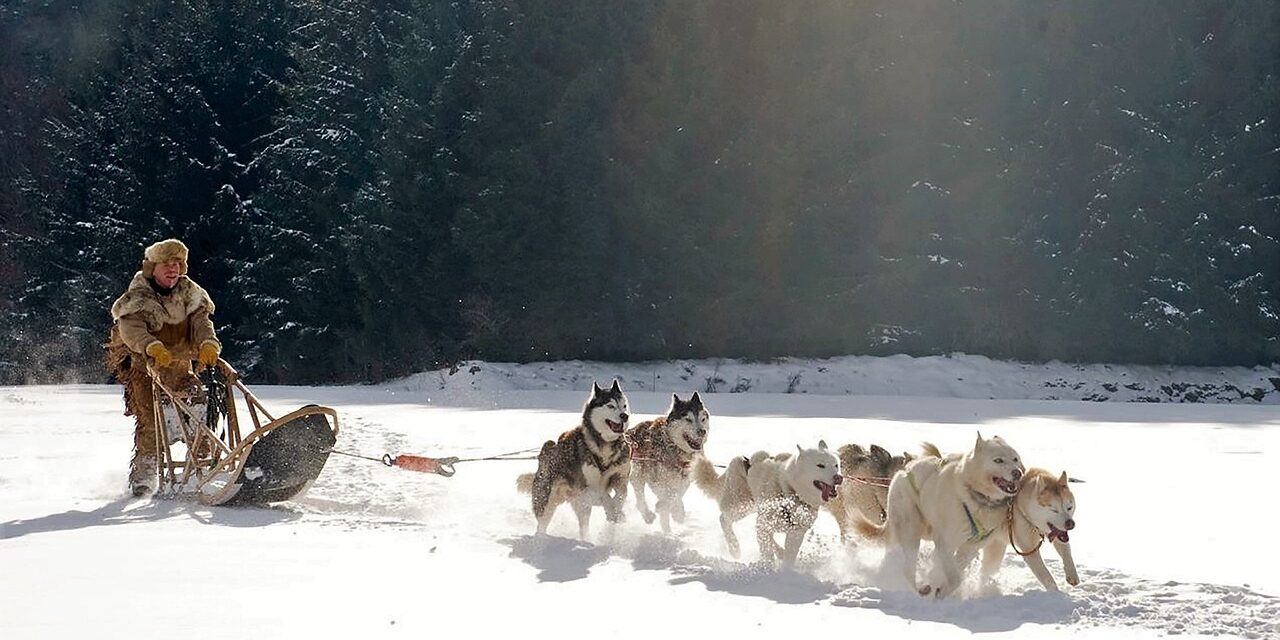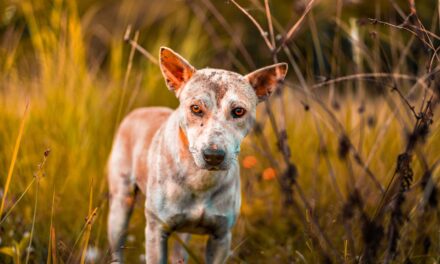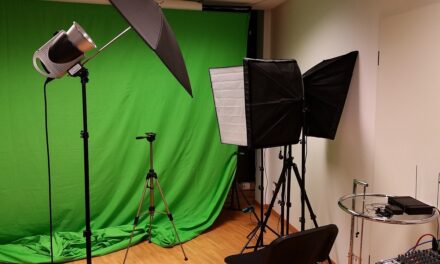By Cindy Filmore
Now that the snow season is nearly here, we thought you might appreciate a little insight into the whys and hows of choosing the right sled for you!
There are lots of things to consider before you head out to purchase your first sled. Apart from the size of your bank account, the four main points you need to look at are:
- the size of your team (or potential team)
- the type of terrain you wish to encounter
- the length of runs you intend to do
- the purpose of your trip
Many people start out with a Kicksled.
These are great little sleds, are lightweight, and can easily be used by the dog sledder with only one or two dogs.
Many are designed for use primarly without dogs, but with a bridle and a drag mat, they easily convert to dogsledding. The important thing to remember is that due to their shorter basket length and varied maneuverability, they are best suited to only one or two dogs.
If you intend to increase your kennel soon, you may be happier with a kicksled designed/built by a dogsled builder (as opposed to a “true” kicksled, designed to be used without dogs) or by moving up to a sprint (race) sled. Kicksleds do best on groomed trails.
Table of Contents
Sprint or Race sleds are designed with the speed racer in mind.
Light and flexible, they steer quickly and usually come equipped with a drag mat and/or a bar brake.
These sleds are used primarily by sprint racers, with 4, 6, or 8 dogs racing short distances. The basket of such sleds is limited to only needing to hold a dog bag and a few race essentials (booties, etc.).
Races usually mean a set, groomed trail, requiring fast skiis and often quickly changed plastic runners (QCRs). White Ash was once the most popular material used in this type of light sled, and lashing provided great flexibility, but times are changing, and aluminum and carbon fiber might just be the shape of things to come!
Freight sleds and their derivative Tour sleds are heavier than race sleds and have a longer basket.
They serve the purpose of hauling equipment, supplies, or guests, over many types of trails. Usually of heavier construction than the racing sleds, they need to be strong and sturdy to handle the rigors of the trail AND the load upon them.
Wait, though!
Both Race sleds and Freight sleds come in 2 distinct types – Toboggan sleds or Basket sleds.
Toboggan Sleds are much like a toboggan on skiis.
Although there are skiis, the bottom of the toboggan basket rests on the snow of the trail. The solid bottom of the toboggan stops the snow from working its’ way into the load and adding more weight and also keeps the weight “floating” on the snow rather than digging into it. If the trails are not well-groomed and manicured, a toboggan sled is a smart choice!
Basket sleds traditionally have a slat bottom on which to sit your guests or freight.
The slat bottom basket sits 3 or more (usually more) inches above the trail, which stops your guests or freight from feeling those rocks or sticks or bumps that would bother them on a toboggan basket sled.
BUT if there is snow deeper than the height the bottoms sits above it, your guests or gear quickly fills with snow, making the sled heavier plus getting the contents wet!
But, on a groomed and packed trail, a traditional white ash basket sled is a thing of beauty.
Depending on the size of the freight (or guest), and the length of your journey, Freight or Tour sleds need teams of at least 4 dogs. If you intend to go for more than a couple hours, or haul more than a couple hundred pounds, MORE dogs are better.
Of course, there are a myriad of sleds out there – Mid Distance sleds offer strength and durability without (hopefully) sacrificing flexibility or the light weight of other race sleds, while Jeff King’s Iditarod Race Sled offers a seat and a dogcrate, and even a heated handlebar!
Enjoy your first sled – whatever type you choose! And, just like your sled dogs, I’ll bet you find it hard to stop at “just one”!





